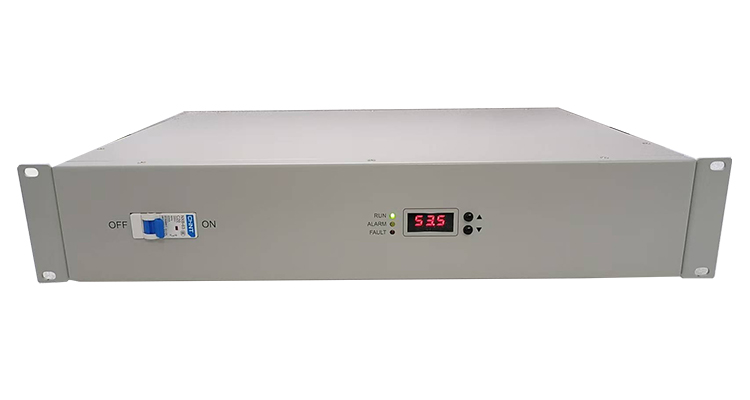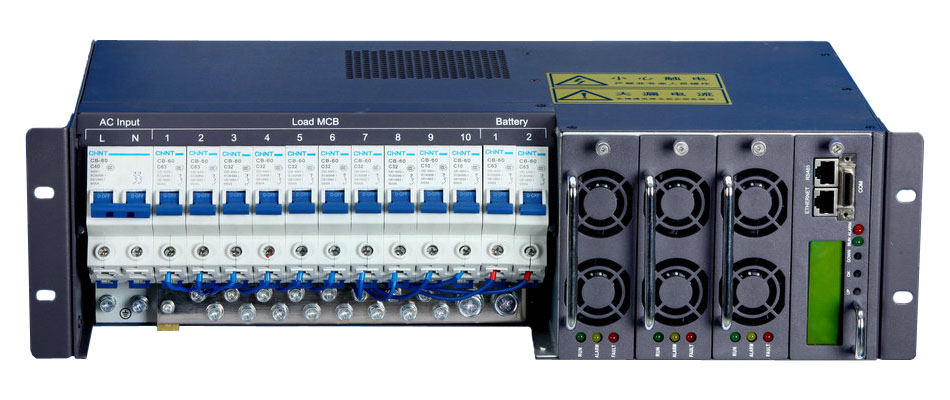working principle of high-frequency switching power supply
一、 Input rectification and filtering
1. The input of a high-frequency switching power supply is usually AC power, which is converted into DC power through a rectifier circuit. The commonly used rectifier circuit is a bridge rectifier circuit composed of four diodes. When the AC power is in the positive half cycle, the two diodes conduct and the current passes through the load; During the negative half cycle, the other two diodes conduct, allowing for a pulsating DC current to be obtained at both ends of the load.
2. Filter the rectified pulsating DC power through a filtering circuit. Filter circuits are usually composed of capacitors and inductors. Capacitors can store charges, while inductors can prevent sudden changes in current. For example, in a capacitive input filtering circuit, the capacitor is connected in parallel with the load, and the charging and discharging characteristics of the capacitor are utilized to filter out the AC components in the pulsating DC power, resulting in a relatively smooth DC power.

二、 High frequency conversion
1. The filtered DC power enters the high-frequency converter. The core of high-frequency converters is the switching transistor, usually a power MOSFET (metal oxide semiconductor field-effect transistor) or IGBT (insulated gate bipolar transistor). These switching devices are driven by the control circuit to continuously conduct and cut off at high frequencies (tens of kHz to hundreds of kHz).
2. When the switch tube is turned on, the input DC electrical energy is stored in the primary winding of the transformer; When the switch tube is turned off, the magnetic field energy in the primary winding of the transformer cannot suddenly change, and an electromotive force will be induced in the secondary winding. According to the turns ratio of the transformer, the secondary winding can obtain voltages of different amplitudes. For example, if the secondary winding has more turns than the primary winding, voltage boosting can be achieved; On the contrary, it can lower the pressure.
三、 Output rectification and filtering
1. The secondary winding of the transformer outputs high-frequency alternating current. In order to obtain stable DC output, rectification and filtering need to be carried out again. Schottky diodes are generally used for rectification because they have the advantages of reducing forward voltage and short recovery time, which can meet the requirements of high-frequency rectification.
2. The rectified high-frequency pulse DC is further filtered out of high-frequency components through a filtering circuit. The filtering circuit may be an LC or π - type filtering circuit composed of multiple capacitors and inductors. These capacitors and inductors can bypass or attenuate high-frequency components, making the output voltage smoother and ultimately obtaining a stable DC output voltage.

四、 Control and feedback regulation
1. The high-frequency switching power supply has a control circuit, whose main function is to control the conduction and cutoff time of the switching tube, that is, the duty cycle. The control circuit adjusts the duty cycle based on the output voltage feedback signal. Feedback signals are usually obtained by sampling the output voltage.
2. When the output voltage increases, the feedback signal will inform the control circuit, which will reduce the conduction time of the switch tube, thereby reducing the output voltage; On the contrary, when the output voltage decreases, the control circuit will increase the conduction time of the switching transistor to improve the output voltage. This can keep the output voltage near the set stable value, achieving precise control of the output voltage.